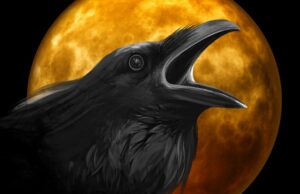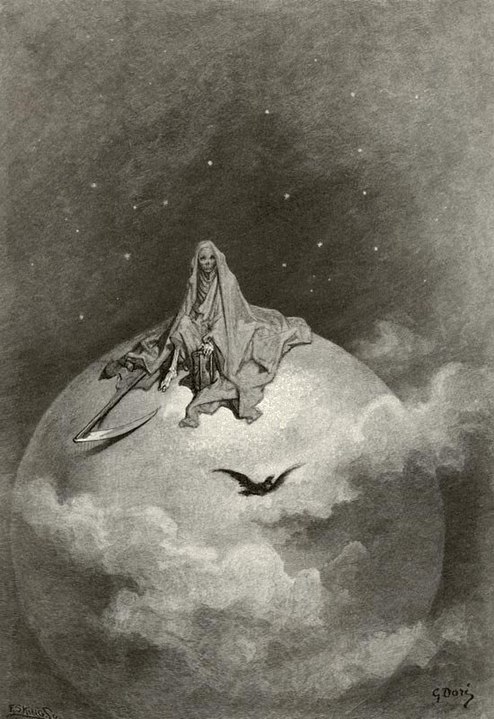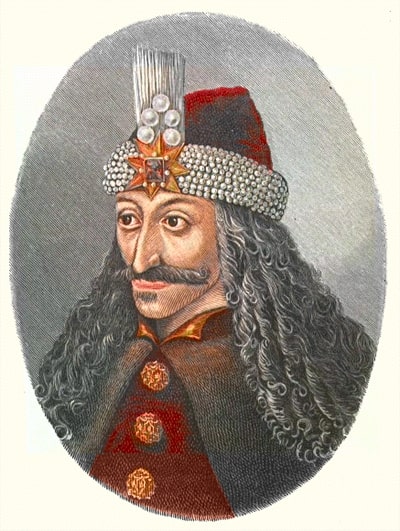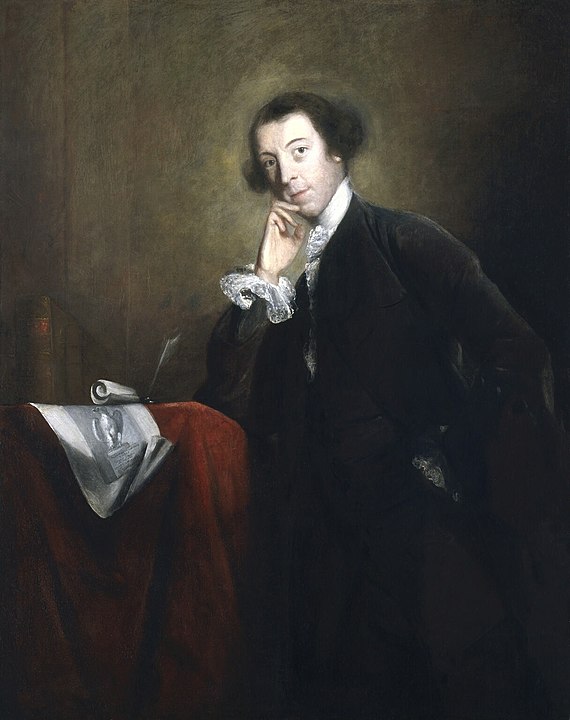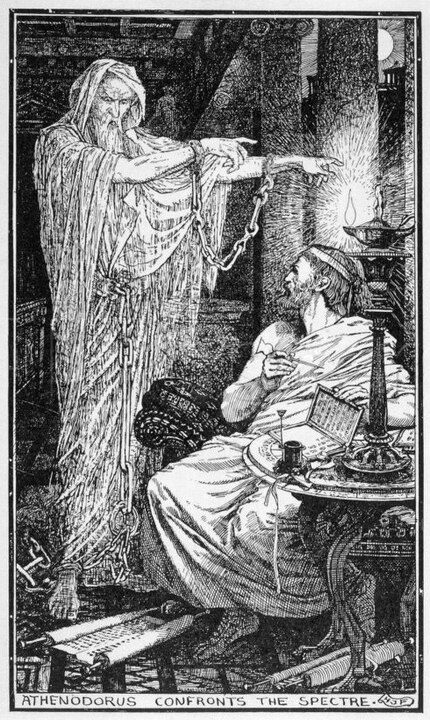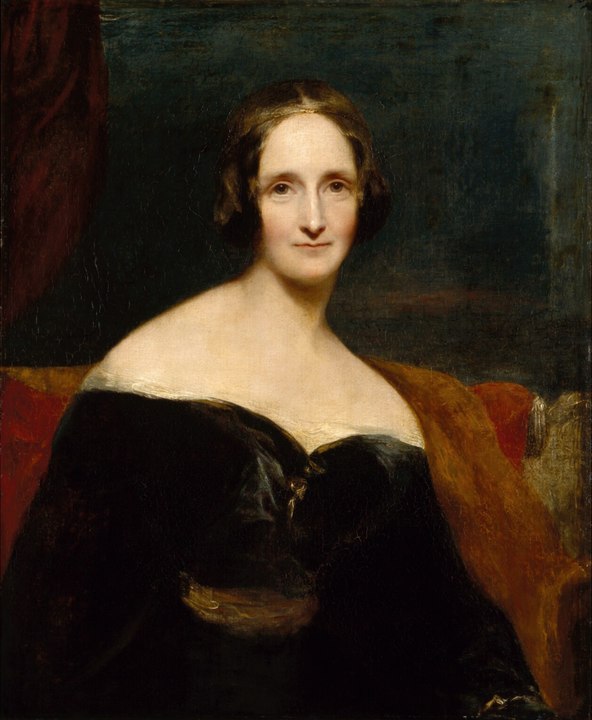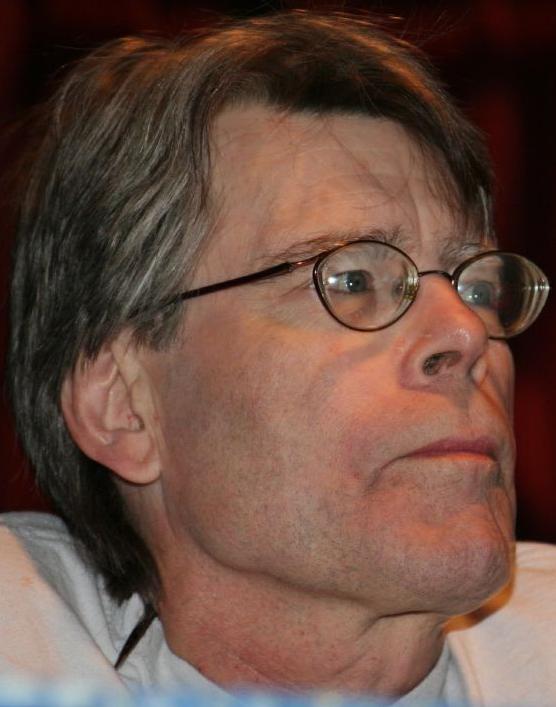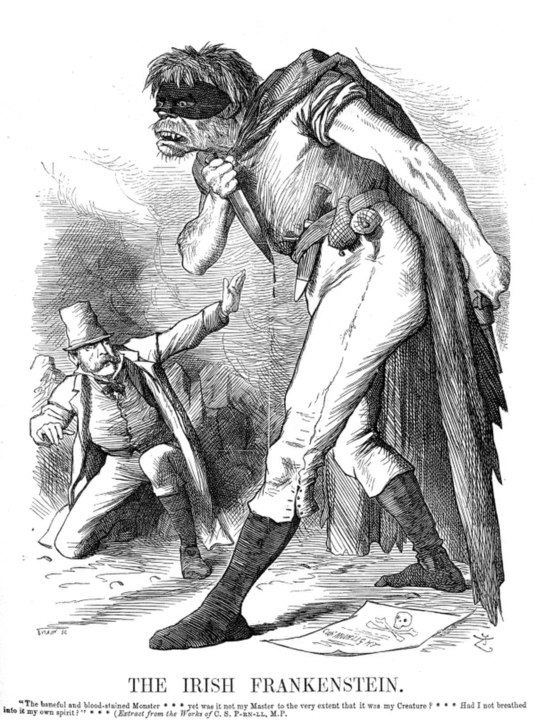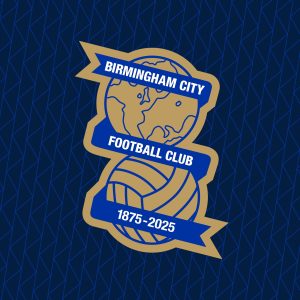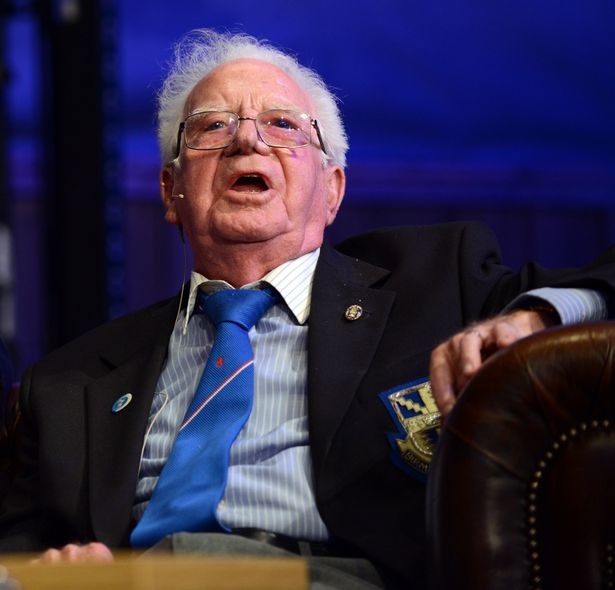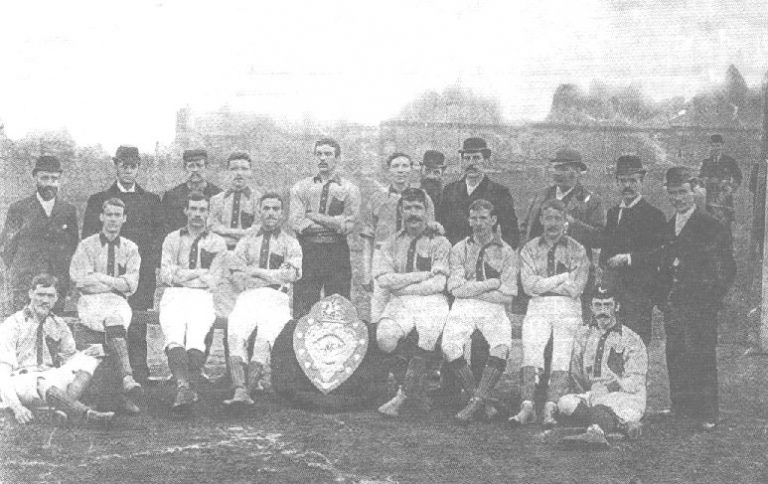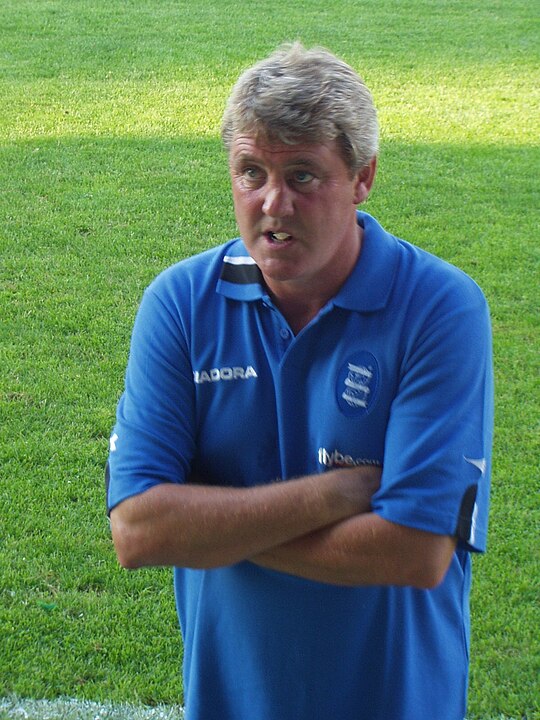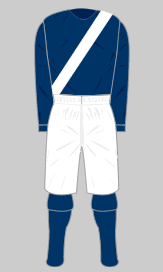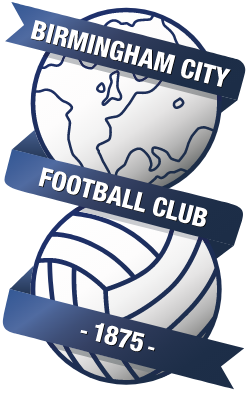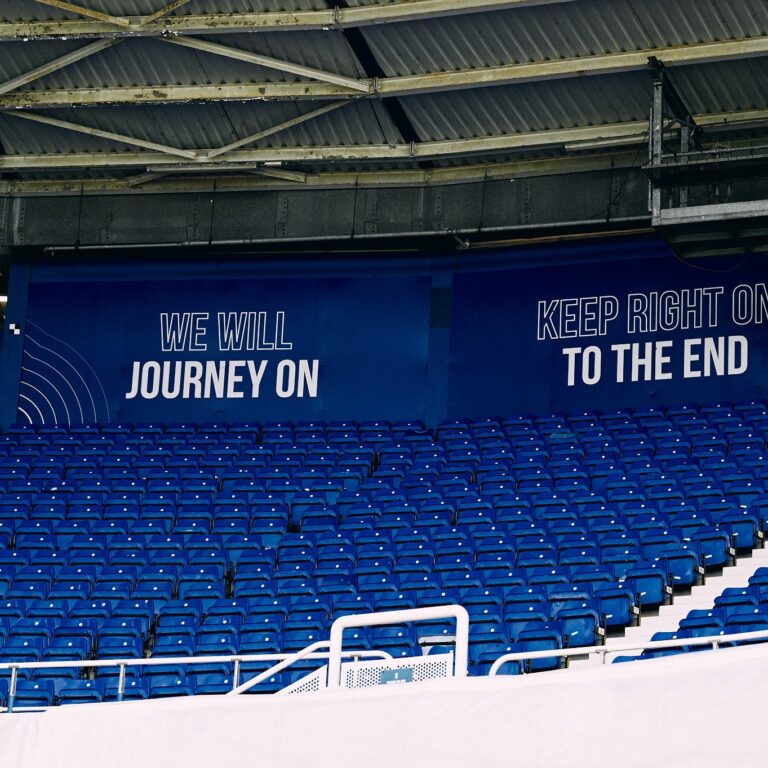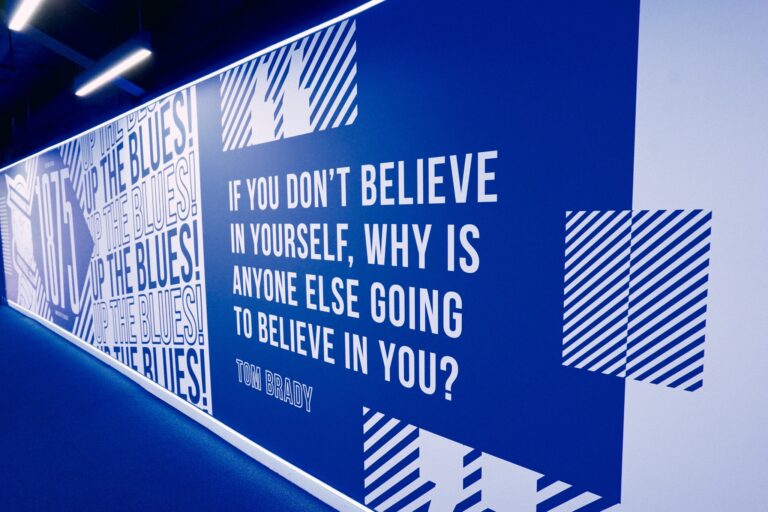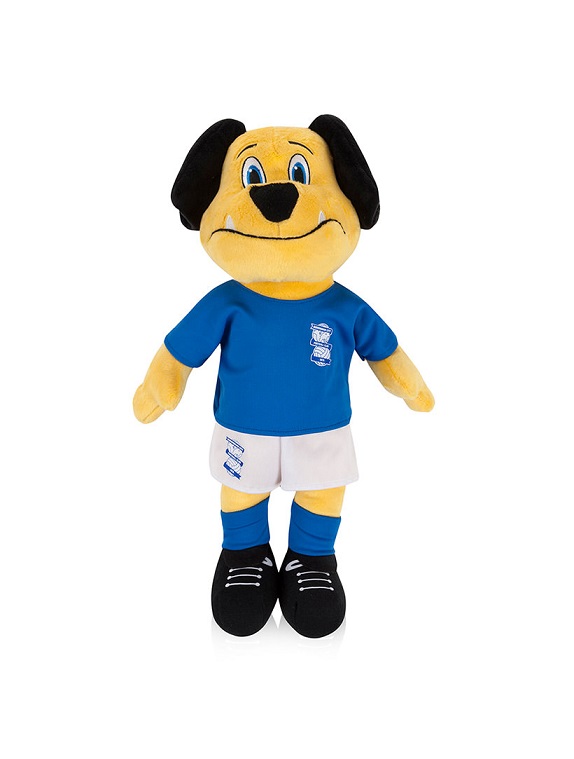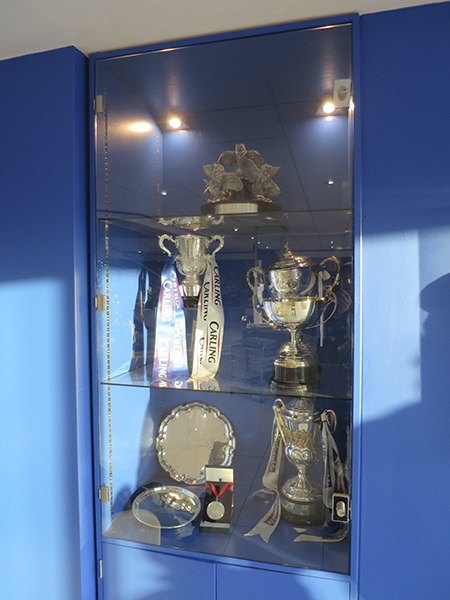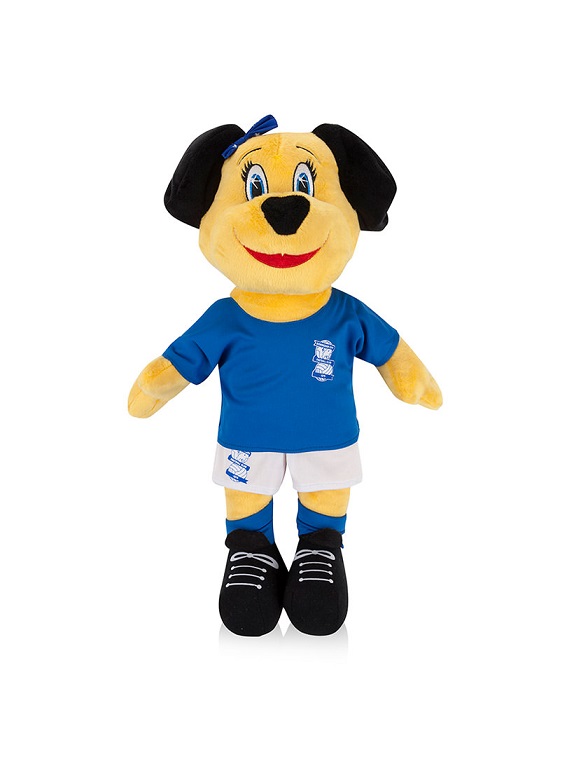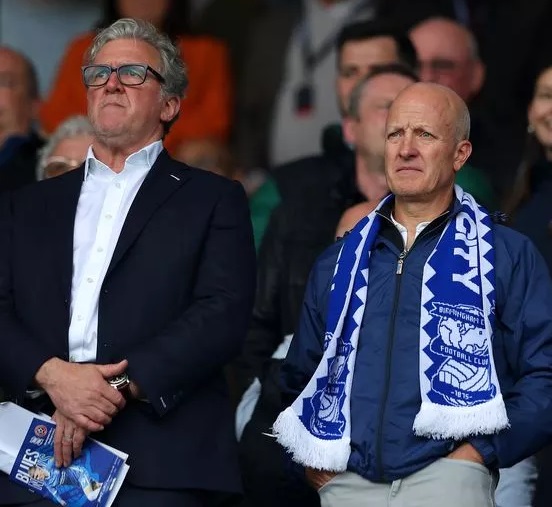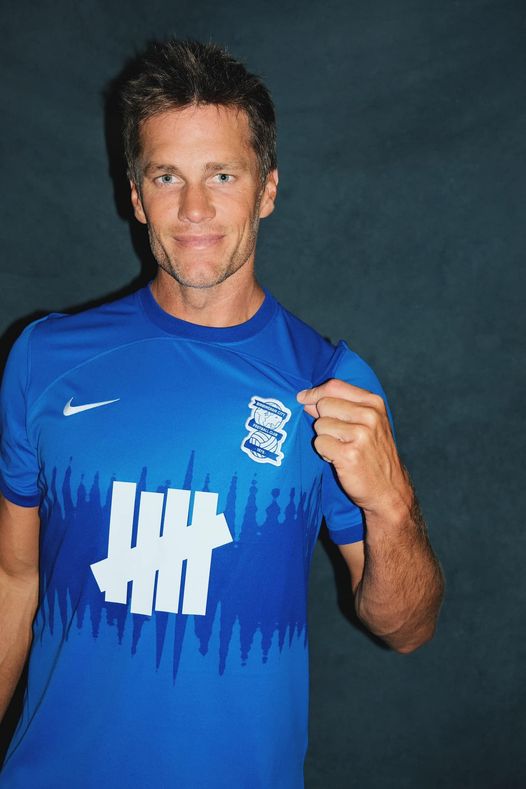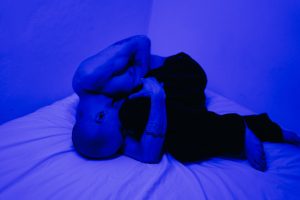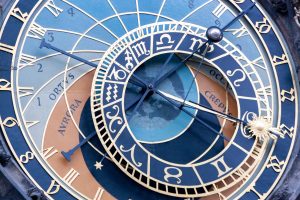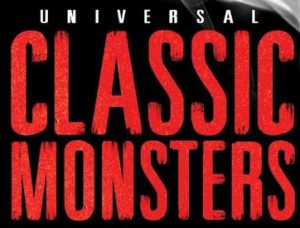
Ever since I was little I have loved Universal classic monsters, for it is they that started my love of Horror off, even if they scared the hell out of me at first and I hid under my Mom’s arm or behind the settee at first watching them, ha ha. That changed the older I got.
When Halloween comes around you can be sure someone is wearing an Halloween costume that relates to one of the classic monsters mentioned below.
There will be more references to Universal Classic Monsters in the appropriate Decades sections and articles via the Horror index below.
Universal Classic Monsters
Universal Classic Monsters (also known as Universal Monsters and Universal Studios Monsters) is a media franchise based on a series of horror films primarily produced by Universal Pictures from the 1930s to the 1950s. Although not initially conceived as a franchise, the enduring popularity and legacy of the films and the characters featured in them have led the studio to market them under the collective brand name of Universal Studios Monsters. Steve Jones of USA Today described Universal’s most famous monsters as pop culture icons, specifically Dracula, Frankenstein, The Mummy and The Wolf Man.
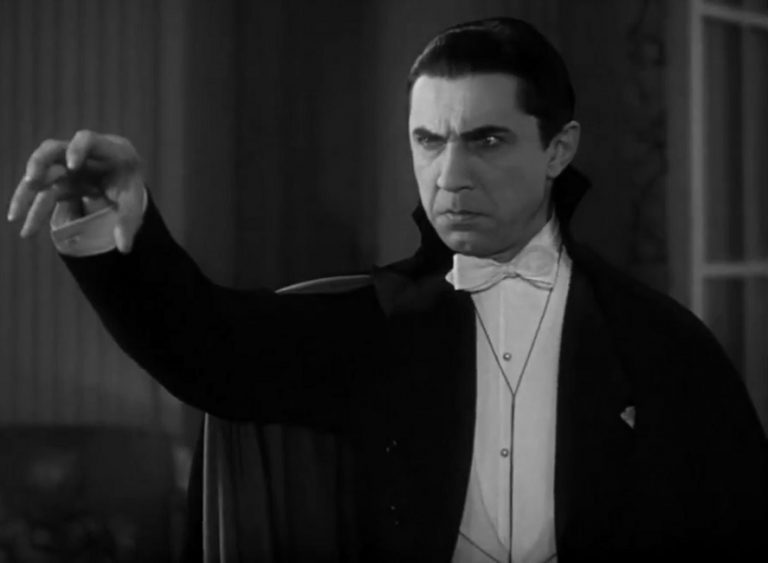
Bela Lugosi as Dracula.
This is a screenshot from the Internet Archive of the classic 1931 film Dracula. You can see the trailer it came from here.
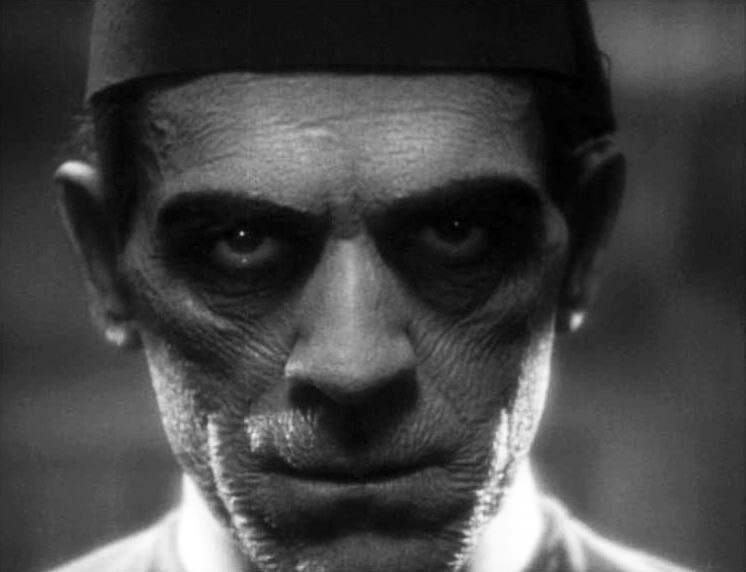
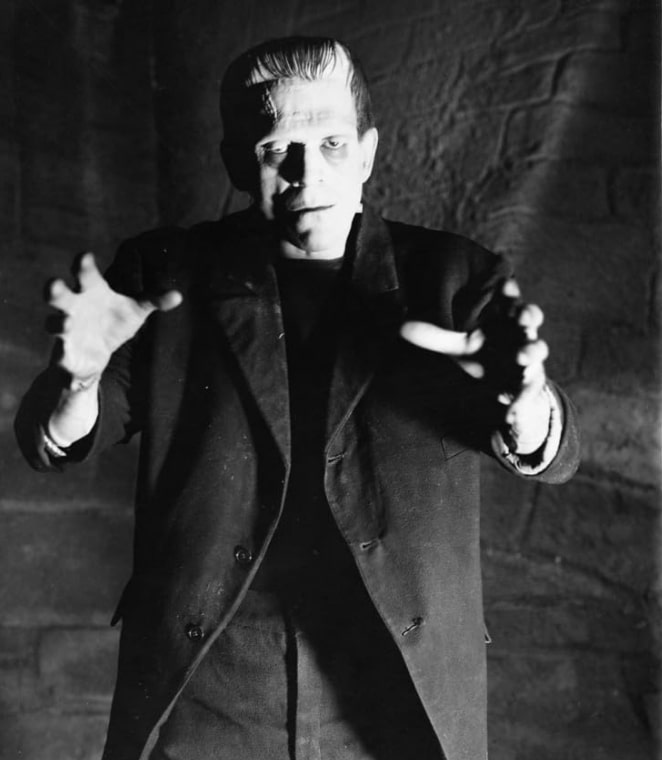
Boris Karloff as Frankenstein’s Monster.
Directed by James Whale.
You can see the trailer for the classic Frankenstein film from 1931 via The Internet Archive here.
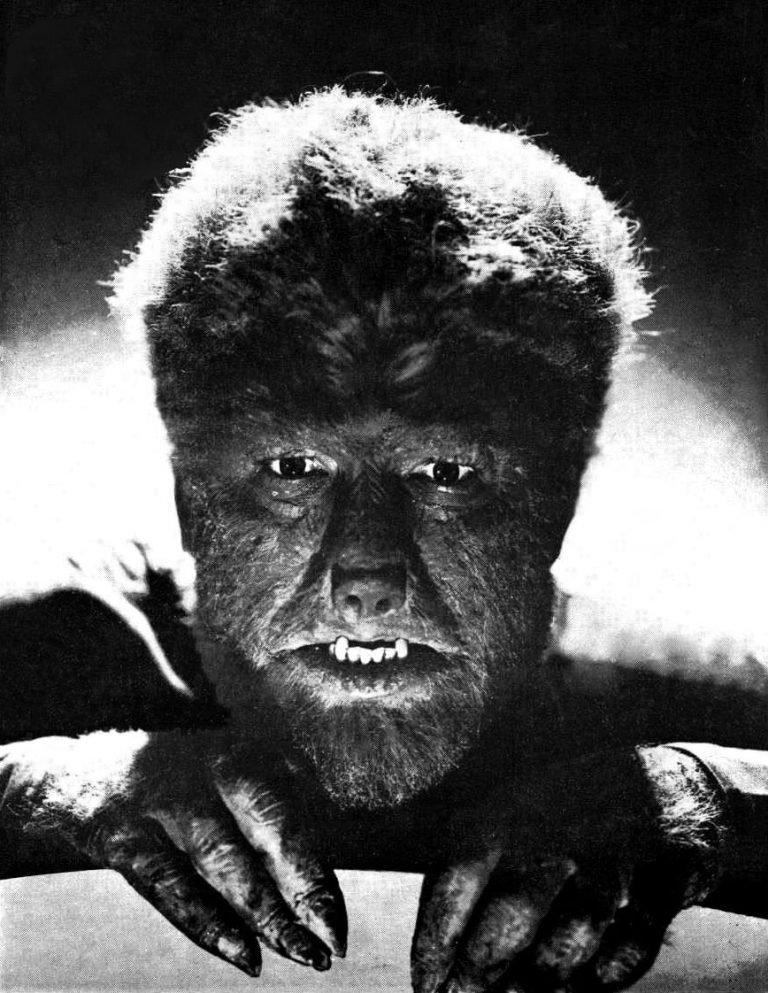
Lon Chaney Jnr. as The Wolf Man.
This promotional photo is from the classic1941 film The Wolf Man.
You can see the trailer for The Wolf Man via The Internet Archive here.
See more photos and relevant information further down below.
Universal Monsters Films
For an extensive list of Universal Monsters Films click here.
Universal Monsters Films Free To Watch
Below are just some of the great Universal Monsters films for you to enjoy.
They are not all classic films to me but if I have watched one and I think it is I will say so.
The Phantom Of The Opera 1925 Silent Film In Full
Watch the classic 1925 silent film The Phantom Of The Opera starring Lon Chaney via The Internet Archive here.
See information about this classic film further down at the top of the page.
Dracula 1931 In Full
Watch the classic 1931 film Dracula starring Bela Lugosi via The Internet Archive here.
See information about this classic film at the top of the page.
Frankenstein 1931 In Full
Watch the classic 1931 film Frankenstein starring Boris Karloff via The Internet Archive here.
See information about this classic film at the top of the page.
The Mummy 1932 In Full
Watch the classic 1932 film The Mummy starring Boris Karloff via The Internet Archive here.
See information about this classic film at the top of the page.
The Invisible Man 1933 In Full
Watch the classic 1933 film The Invisible Man starring Claude Rains via The Internet Archive here.
See information about this classic film further down at the bottom of the page.
The Bride Of Frankenstein 1935 In Full
Watch the 1935 film The Bride Of Frankenstein starring Boris Karloff via The Internet Archive here.
See information about this film further down at the bottom of the page.
Frankenstein Meets The Wolf Man 1942 In Full
Watch the 1942 film Frankenstein Meets The Wolf Man starring Boris Karloff and Lon Chaney Jnr via The Internet Archive here.
See information about this film further down at the bottom of the page.
Universal Classic Monsters Home Video
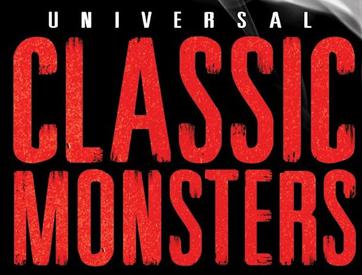
Universal Classic Monsters logo.
This is the official franchise logo as displayed on home video releases
Louis Feola was the head of Worldwide Home Video for Universal Studios and said in 1999 that “a couple of years ago” he decided to “reinvigorate and re-market” Universal’s Classic Monsters catalogue which included the series Dracula, Frankenstein, The Invisible Man, The Phantom of the Opera, The Wolf Man, and The Mummy. In 1992, in an interview with Billboard, Feola stated that to market and sell home video, the most important thing was the packaging of their sales which was “probably our single biggest priority and has been for a number of years”, and that it was key to make the series of films “look like a line”.
In 1995, MCA/Universal released a collection of the film on home video under the title The Universal Studios Monsters Classic Collection. This series included Frankenstein, Dracula, The Mummy, The Invisible Man, and The Creature From the Black Lagoon series. A collection of stamps featuring Universal Classic Monsters was also released in September 1997 titled the Universal Classic Movie Monsters series. Other characters included in the series included the Mummy and Frankenstein’s monster, both played by Boris Karloff), the Phantom of the Opera played by Lon Chaney and the Wolf Man played by Lon Chaney Jnr.
Universal Classic Monsters Merchandising
After the Universal horror films were syndicated to television, this led to a rise in the popularity of merchandise based on Frankenstein’s monster and Dracula. Throughout the 1960s and into the 1970s, the Universal monsters were promoted via merchandising which included: Halloween costumes, Aurora model kits, paperback novelizations, makeup how-to manuals, T-shirt iron-ons, posters, trading cards, and more. Since 1991, Halloween Horror Nights at Universal Parks & Resorts have featured characters from the Universal Classic Monsters franchise. From 2006 to 2014, the characters also appeared in the year-round walk-through attraction, Universal’s House of Horrors, at Universal Studios Hollywood. The franchise is also the central theme of Universal’s Horror Make-Up Show. The live show opened in 1990 at Universal Studios Florida and is still in operation. Merchandising of the characters in formats such as clothing and board games has continued into the 21st century.
Universal Monsters Comics
Dark Horse Comics
Skybound Entertainment
Universal Monsters Photos
Below are just some of the great Universal Monsters films photos for you to enjoy. They are not all classic films to me but if I have watched one and I think it is I will say so.
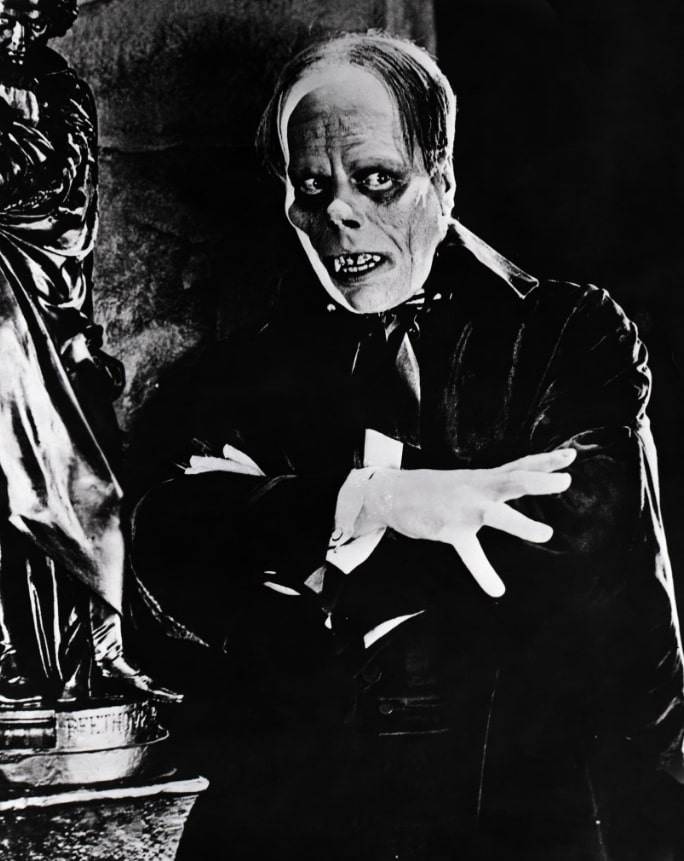
Lon Chaney as The Phantom Of The Opera.
This photo is from the classic 1925 silent film The Phantom Of The Opera.
You can see the trailer for The Phantom Of The Opera via the Internet Archive here.
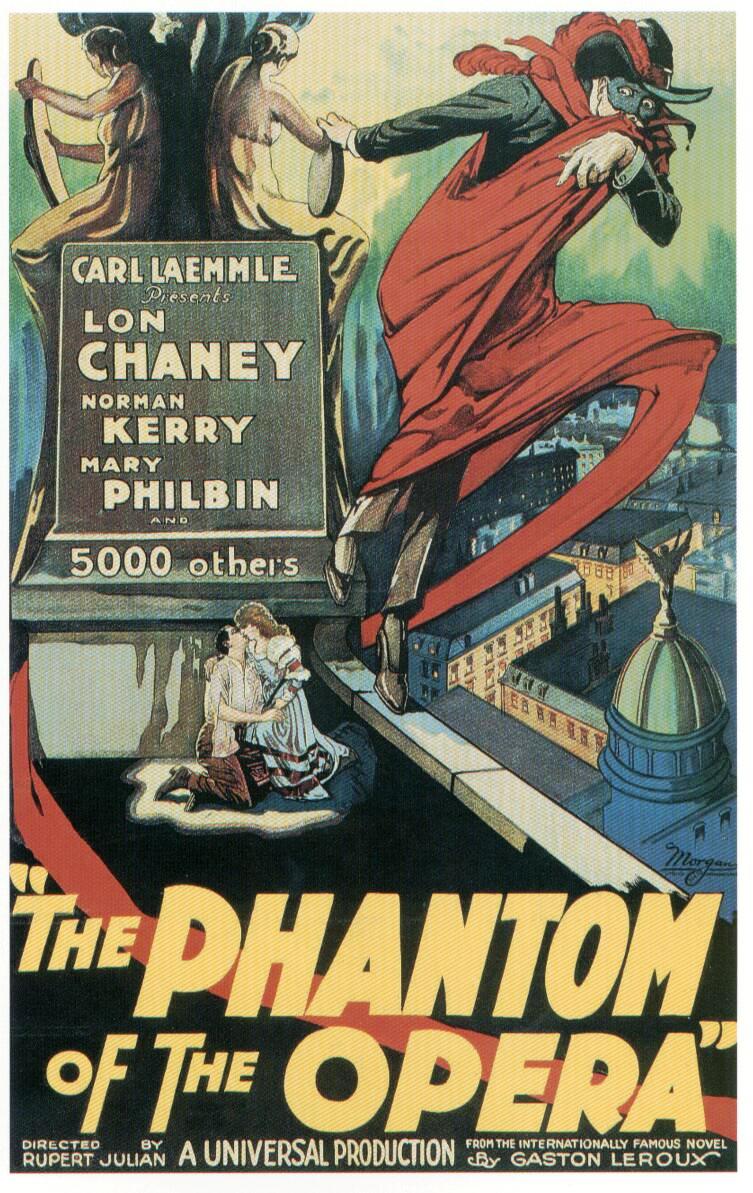
The Phantom Of The Opera 1925 film poster.
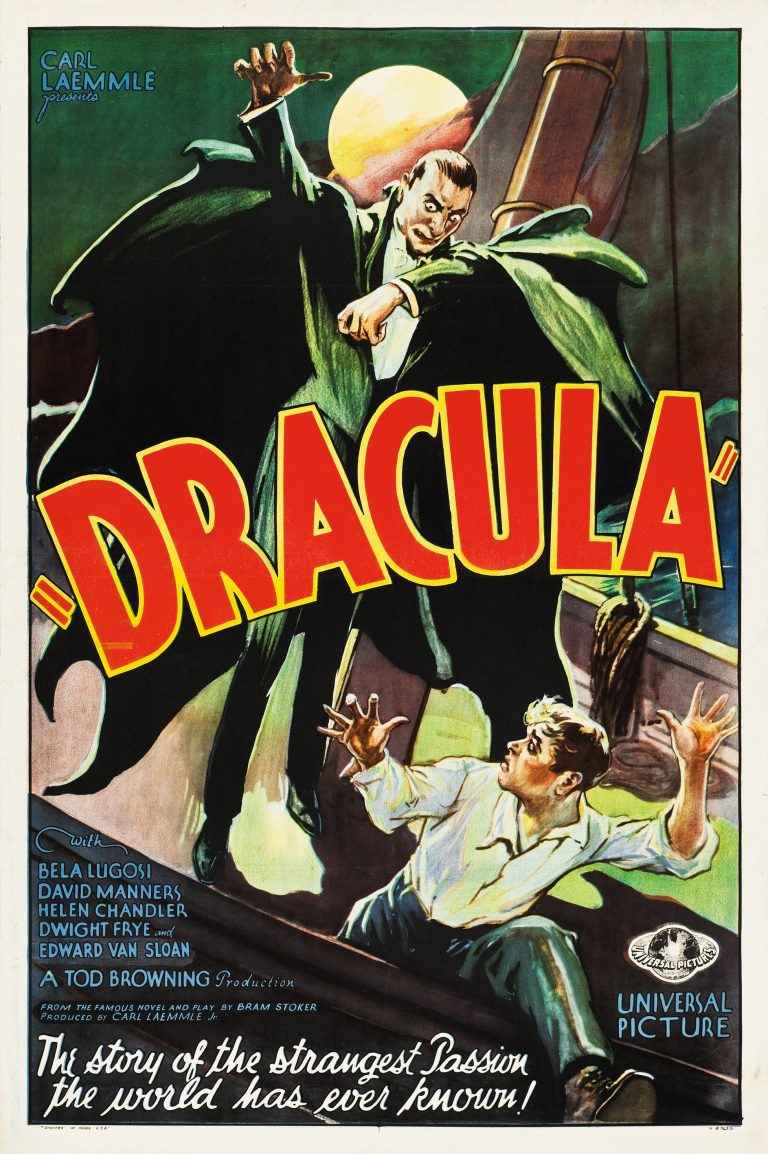
Dracula 1931 film poster.
See information about this classic film at the top of the page.
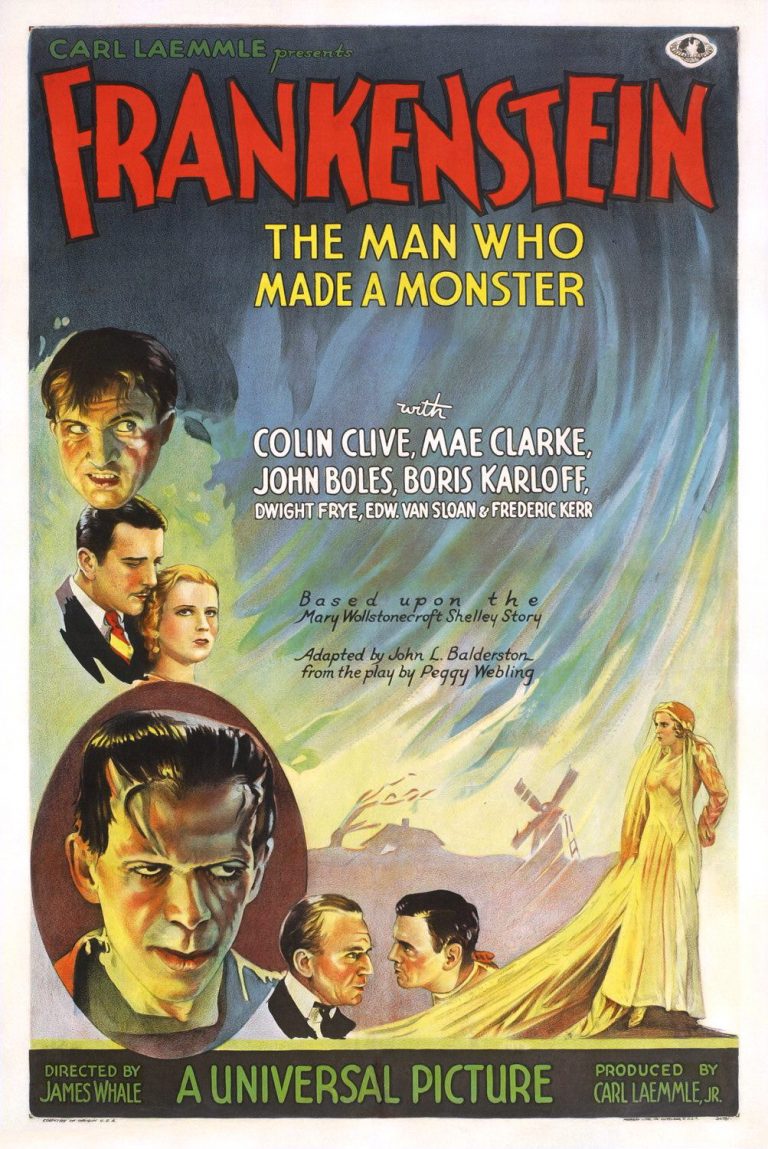
Frankenstein 1931 film poster.
See information about this classic film at the top of the page.
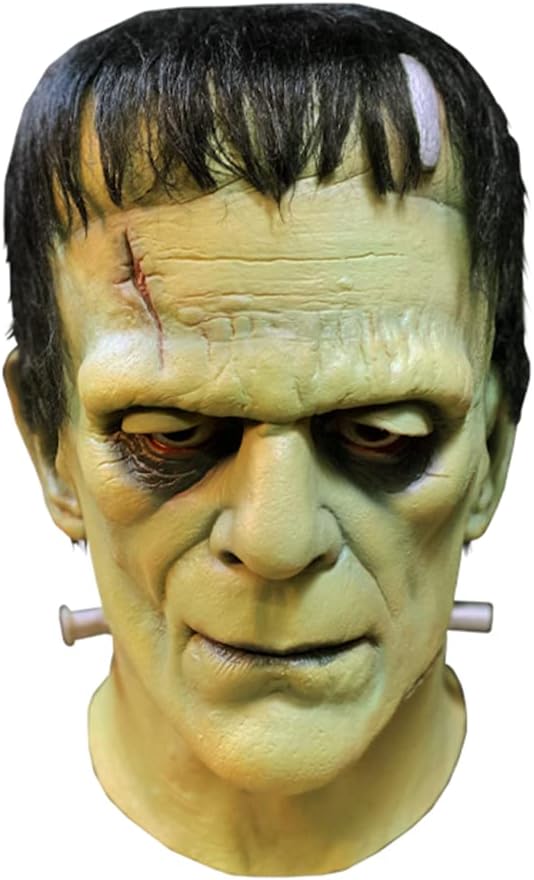

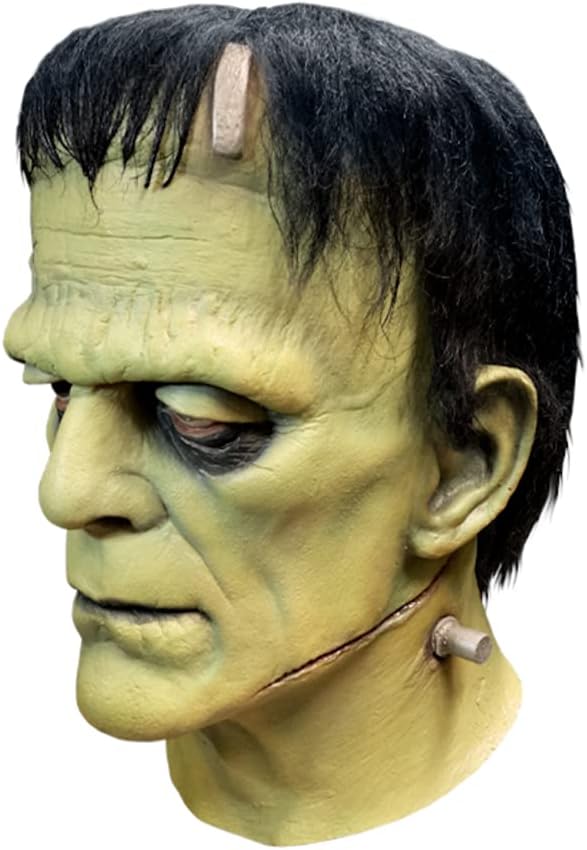
The EXCELLENT Frankenstein mask from Trick Or Treat Studios.
This is a very cool Universal Classic Monsters mask I purchased for Halloween 2023. It is officially licenced by Universal Studios and made for Trick Or Treat Studios. It is, to date, the favourite mask I have in my mask collection and what I have worn for Halloween parties. To see me in this and many more masks click here.
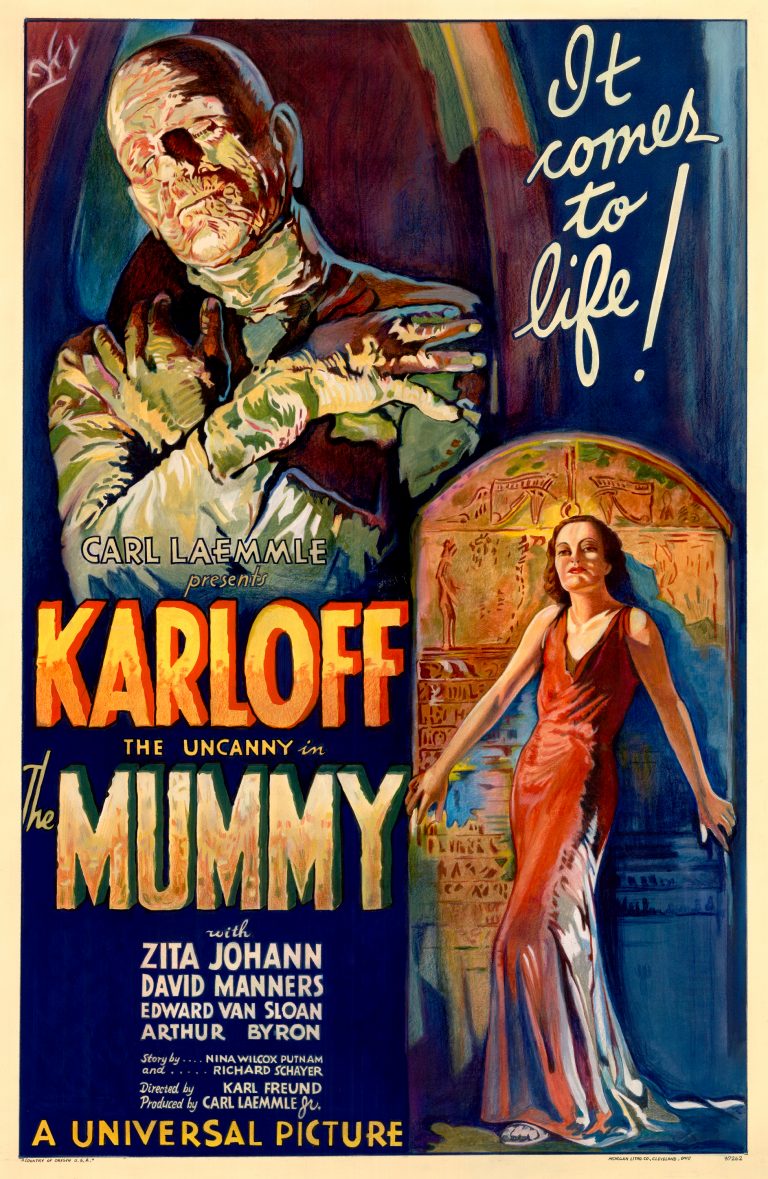
The Mummy 1932 film poster.
See information about this classic film at the top of the page.
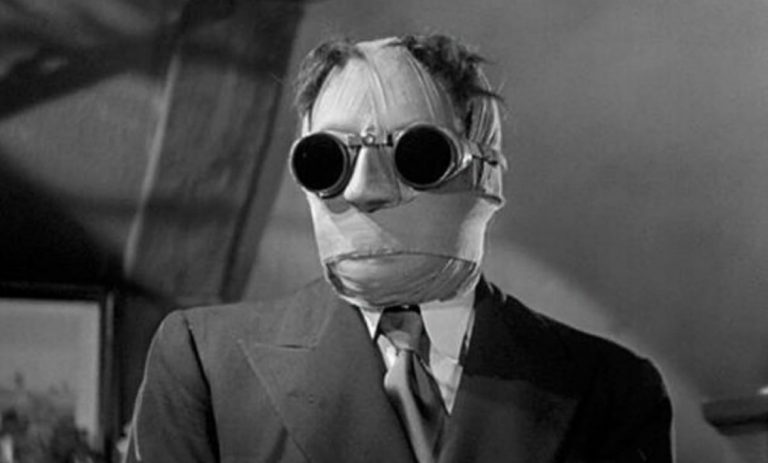
Claude Rains as The Invisible Man.
This photo is from the classic 1933 film The Invisible Man.
Directed by James Whale.
You can see the trailer for The Invisible Man via YouTube here.

The Invisible Man 1933 film poster.
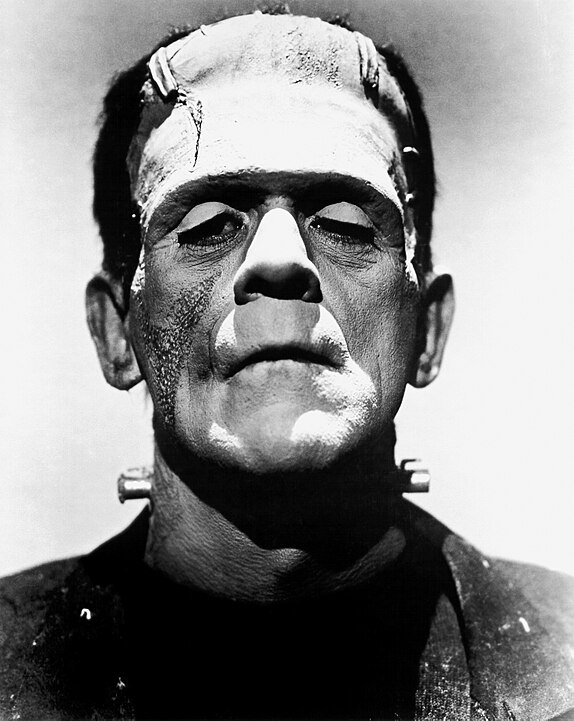
Boris Karloff as Frankenstein’s Monster.
This promotional photo is from the 1935 film The Bride of Frankenstein.
Directed by James Whale.
You can see the trailer for The Bride Of Frankenstein via the Internet Archive here.
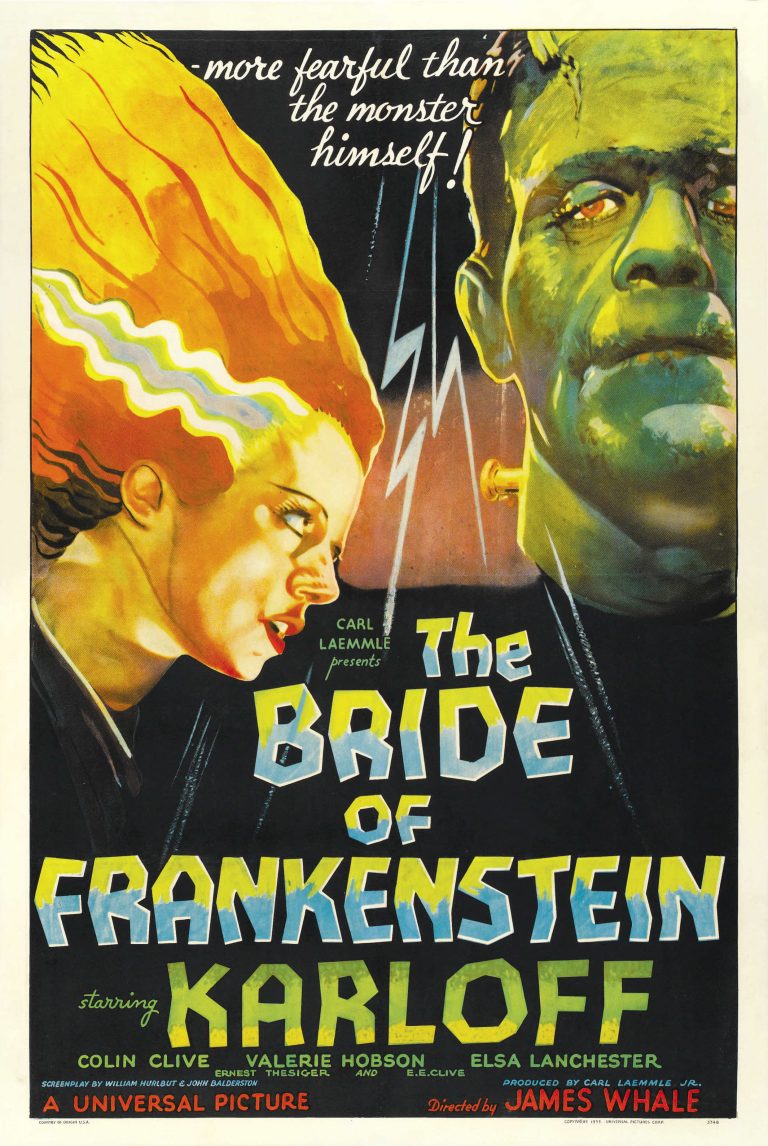
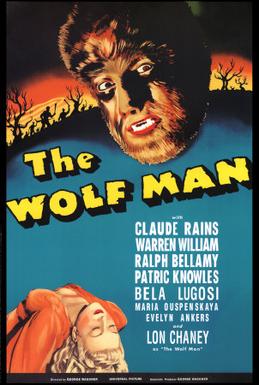
The Wolf Man 1942 film poster.
See information about this classic film at the top of the page.
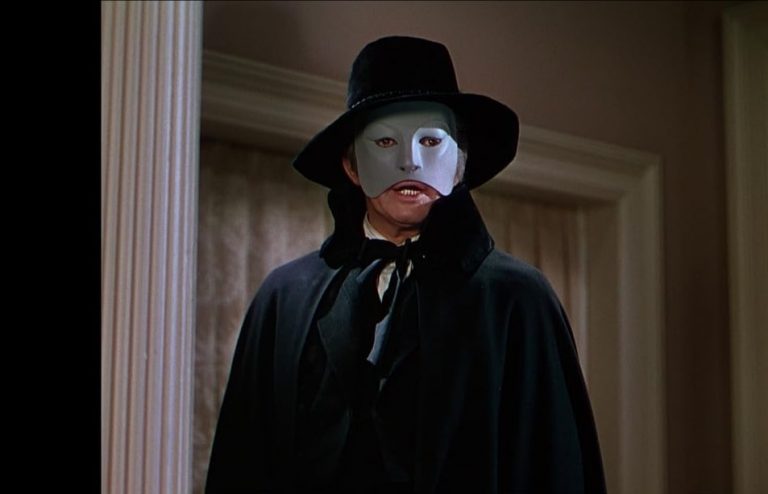
Nelson Eddy as The Phantom Of The Opera.
This photo is from the 1943 film Phantom Of The Opera.
You can see the trailer for Phantom Of The Opera via YouTube here.
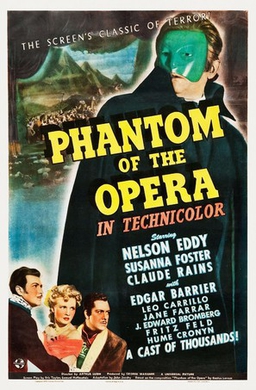
Phantom Of The Opera 1943 film poster.
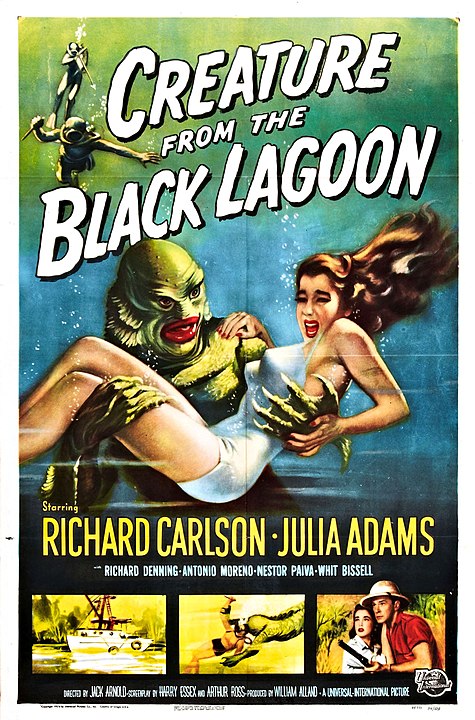
Creature From The Black Lagoon 1945 film poster.
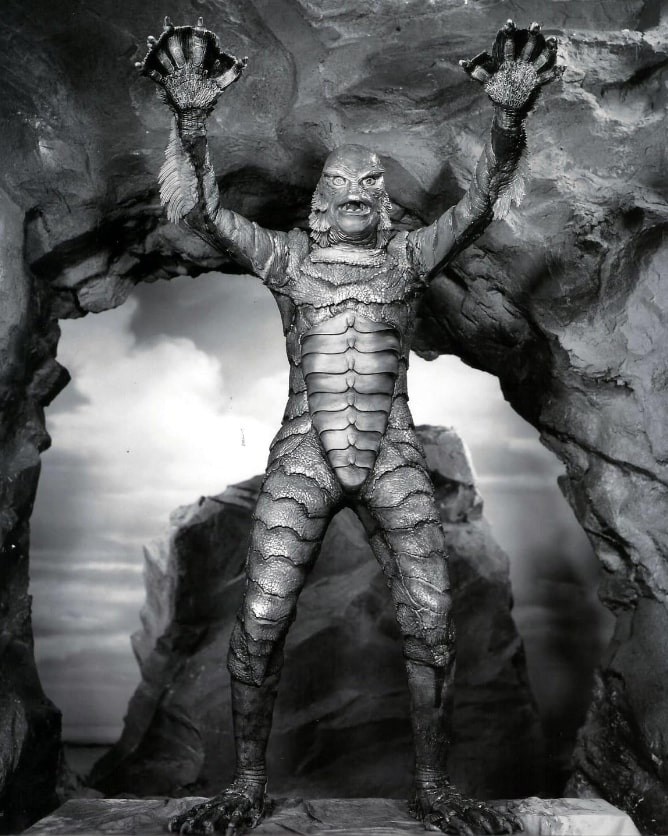
Ben Chapman as The Creature From The Black Lagoon.
There were two men playing the creature in the film, Ricou Browning in the water and Ben Chapman out of the water (shown here). None of them were credited which was unfair in my opinion considering they were both playing the actual monster in the film title and for that reason, I have rightly acknowledged them both here.
This photo is from the 1954 film Creature From The Black Lagoon.
You can see the trailer for Creature From The Black Lagoon via the Internet Archive here.
Blog Posts
Links
Universal Pictures – Official website. The image shown at the top of this page, and elsewhere, of the Universal Classic Monsters logo is the copyright of Universal Pictures and was taken from Wikipedia.
The image above of Bela Lugosi as Dracula is from the Internet Archive via Wikipedia and is in the public domain.
The image above of Boris Karloff as The Mummy is from the Internet Archive via Wikipedia and is in the public domain.
The image above of Boris Karloff as Frankenstein’s Monster is via Wikipedia and in the public domain.
The image above of Lon Chaney Jnr. as The Wolf Man is via Wikipedia.
The image above of Lon Chaney as The Phantom Of The Opera is via IMDb.
The image above of The Phantom Of The Opera 1925 film poster by unknown is via Wikipedia and in the public domain.
The image above of the Dracula 1931 film poster by unknown is via Wikipedia and in the public domain.
The image above of the Frankenstein 1931 film poster by Karoly Grosz is via Wikipedia and in the public domain.
The Frankenstein mask photos above are copyright of Universal via Universal Studios and Trick Or Treat Studios.
The image above of The Mummy 1932 film poster by Karoly Grosz is via Wikipedia and in the public domain.
The image above of Claude Rains as The Invisible Man is from IMDb.
The image above of The Invisible Man 1933 film poster by Karoly Grosz is via Wikipedia and in the public domain.
The image above of Frankenstein’s monster is via Wikipedia and in the public domain.
The image above of The Bride Of Frankenstein 1935 film poster is via Wikipedia and in the public domain.
The image above of The Wolf Man 1942 film poster by unknown is via Wikipedia.
The image above of Nelson Eddy as The Phantom Of The Opera is via IMDb.
The image above of Phantom Of The Opera 1943 film poster by inknown is via Wikipedia and in the public domain.
IMDb on YouTube.
Universal Pictures – U.K. official website.
Universal Pictures on YouTube.
Universal Pictures on Facebook.
Universal Pictures on Twitter.
Universal Studios – Official website.
Universal Studios on Facebook.
Trick Or Treat Studios – Official website.
Trick Or Treat Studios on YouTube.
Trick Or Treat Studios on Facebook.
Trick Or Treat Studios on Twitter.
Trick Or Treat Studios on Instagram.
Trick Or Treat Studios on TikTok.
Wikipedia – Official website. Wikipedia is a free online encyclopedia that anyone can edit in good faith. Its purpose is to benefit readers by containing information on all branches of knowledge. Hosted by the Wikimedia Foundation, it consists of freely editable content, whose articles also have numerous links to guide readers to more information.
